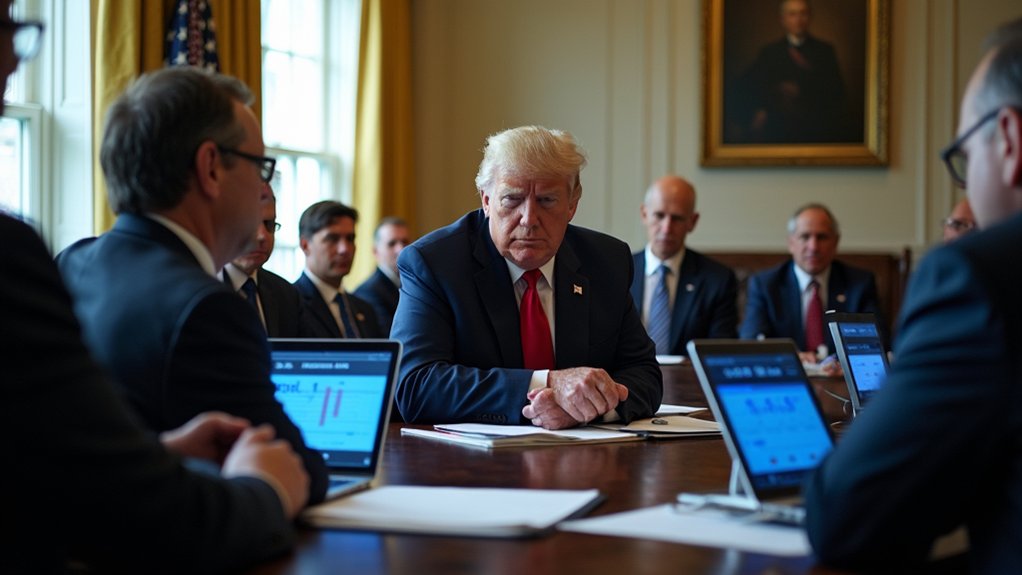In a move that has sent shockwaves through global financial markets, President Donald Trump disclosed an ambitious plan to establish the United States' first-ever cryptocurrency strategic reserve. The announcement came via Trump's Truth Social platform, detailing the inclusion of major digital assets such as Bitcoin, Ethereum, XRP, Solana, and Cardano in the proposed reserve.
President Trump aims to position the United States as the dominant force in the rapidly evolving digital asset landscape. Commerce Secretary Howard Lutnick confirmed the strategy, stating, "This initiative will secure America's technological and financial leadership for decades to come." The announcement triggered an immediate market response, with Bitcoin surging over 10% to reach $95,000.
The bold economic gambit positions America at the forefront of digital innovation while sending crypto markets soaring to record heights.
The White House Crypto Summit, scheduled for March 7, 2025, will serve as the formal disclosure of the comprehensive plan. This unprecedented gathering will bring together key industry figures, including MicroStrategy chairman Michael Saylor, alongside government officials. The event, running from 1:30 PM to 5:30 PM, will feature extensive discussions on regulatory frameworks and innovation in digital finance.
The administration's crypto team features notable appointments like David Sacks as White House AI and crypto czar and Bo Hines as Director of the digital assets working group. Critics have raised concerns about potential conflicts of interest as individuals like Sacks claim to have divested personal crypto holdings while questions remain about their venture firms' investments.
The reserve could potentially incorporate approximately $17 billion worth of previously seized crypto assets, though questions remain about additional funding sources. Economists have expressed mixed reactions, with some raising concerns about the impact on the U.S. dollar's status as the global reserve currency.
Regulatory implications suggest a significant shift in the U.S. government's stance toward cryptocurrencies. The initiative may establish clearer frameworks for taxation and asset classification, potentially influencing global regulatory approaches. Market analysts predict reduced volatility and accelerated mainstream adoption of digital assets.
Critics have voiced concerns about potential market manipulation and the appropriateness of government investment in historically volatile assets. Questions remain regarding the long-term viability of the strategy and its alignment with traditional monetary policy.
Despite these reservations, the initiative represents the most significant governmental endorsement of cryptocurrency to date.





